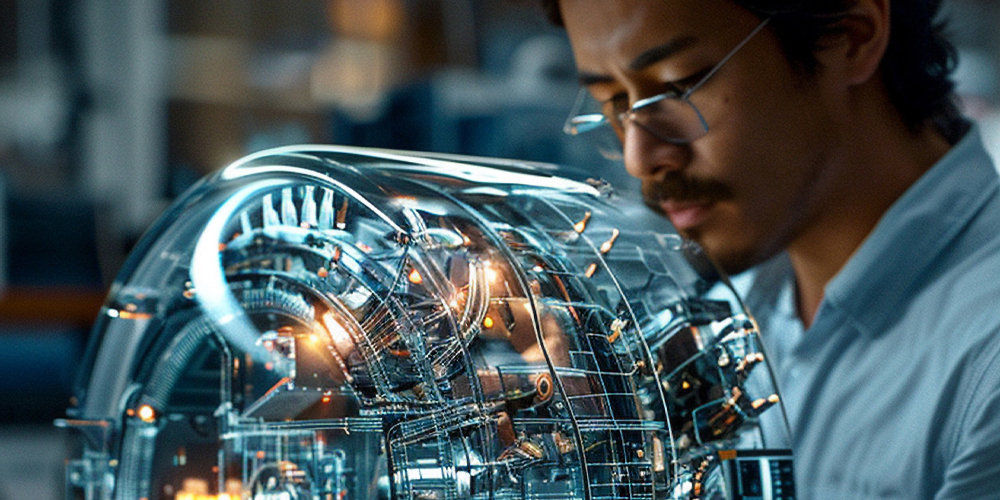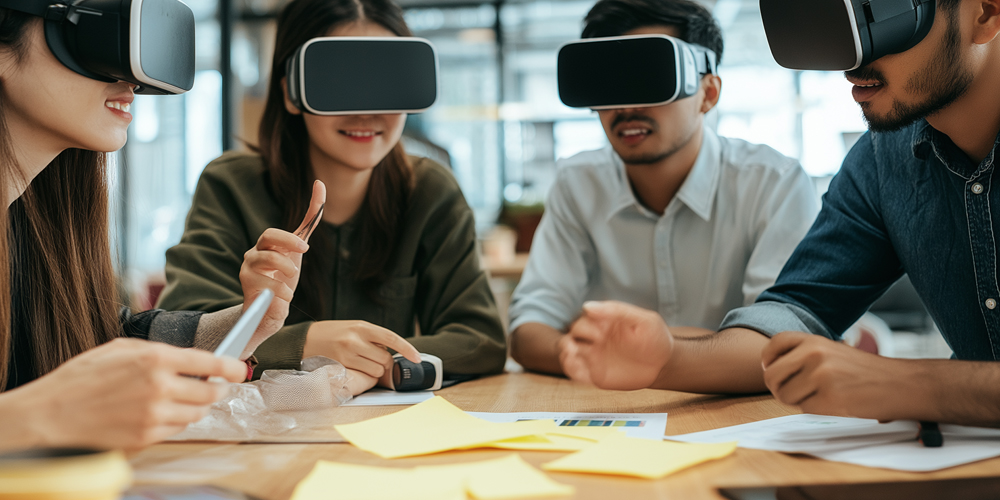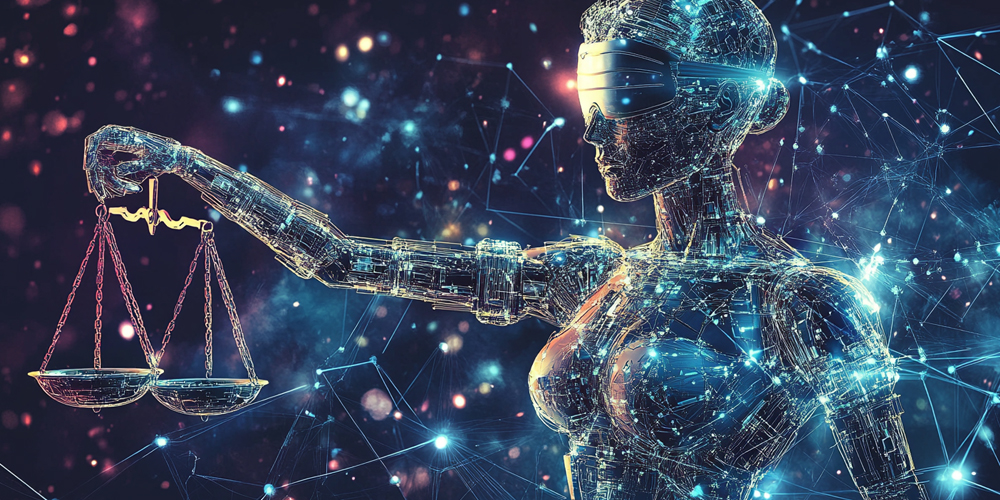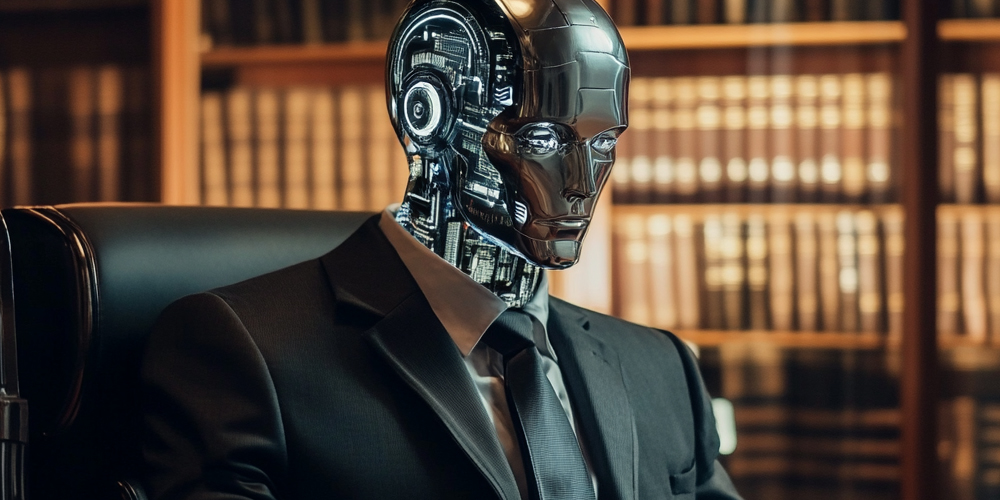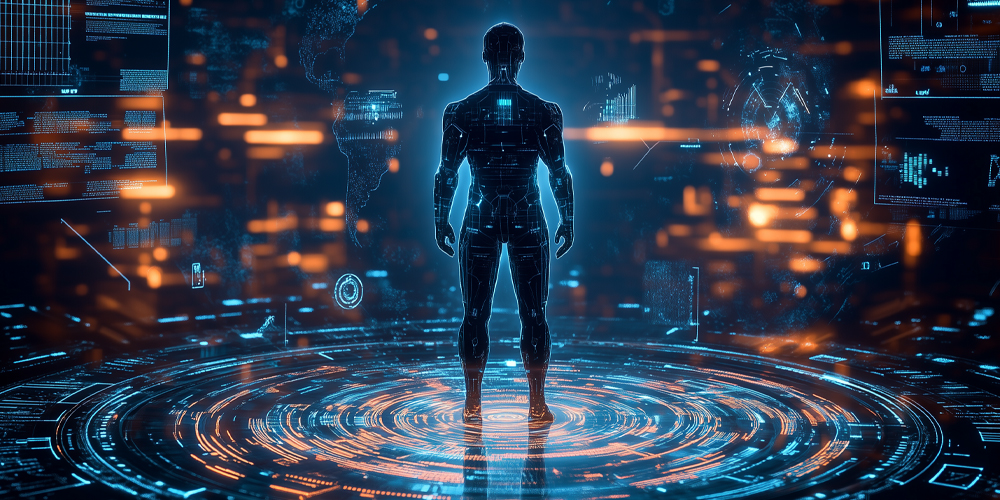What is Computer Vision?
Computer vision is a fascinating field of artificial intelligence that enables machines to interpret and understand visual information from the world around them. It involves the development of algorithms and models that allow computers to process and analyze images and videos, mimicking the way humans perceive and understand visual data. By transforming images into information, computer vision helps machines recognize objects, understand scenes, and make decisions based on visual inputs.
The Importance of Computer Vision
The significance of computer vision spans multiple industries and applications. From healthcare to autonomous vehicles, its transformative capabilities are vast. In healthcare, for example, computer vision aids in diagnosing diseases by analyzing medical images like X-rays and MRIs. In the automotive sector, it plays a crucial role in enabling self-driving cars to navigate complex environments. As technology continues to evolve, the role of computer vision in enhancing efficiency and accuracy across various fields cannot be overstated.
Key Components of Computer Vision
To grasp how machines see the world, it’s essential to understand the core components involved in computer vision:
1. Image Acquisition
The first step in any computer vision process is image acquisition. This involves capturing images through cameras, sensors, or other imaging devices. The quality of the captured images significantly influences subsequent analyses and outcomes. High-resolution images enable more accurate recognition and classification, while poor-quality images can lead to incorrect interpretations.
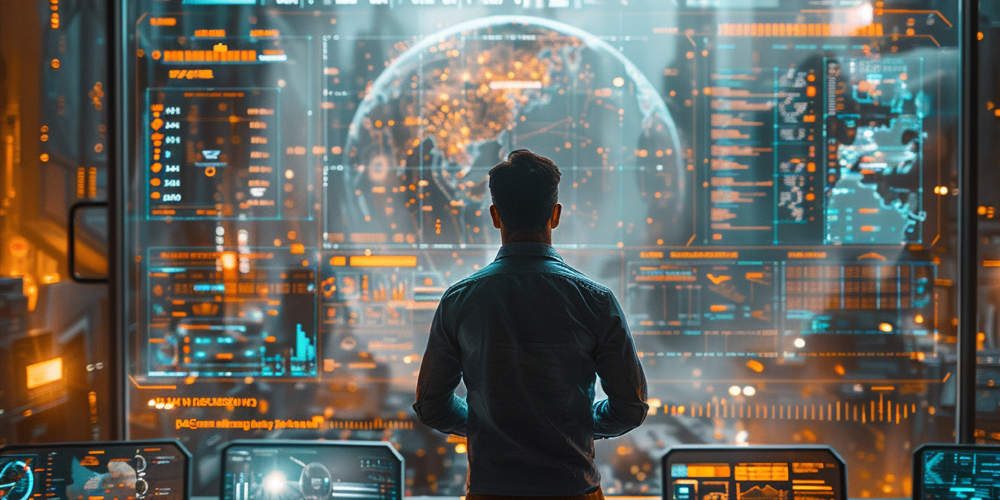
2. Image Processing
Once images are acquired, they undergo image processing. This step includes various techniques designed to enhance the image quality and make it easier for algorithms to analyze. Common image processing methods include filtering, noise reduction, and image transformation. These techniques help improve the clarity and contrast of images, enabling better feature extraction.
3. Feature Extraction
Feature extraction is a critical aspect of computer vision. It involves identifying and isolating important attributes in an image, such as edges, shapes, and textures. By focusing on these features, algorithms can better understand the content of the image and differentiate between various objects. Feature extraction techniques can vary widely, ranging from simple methods like edge detection to complex algorithms using deep learning.
4. Classification and Recognition
After extracting relevant features, the next step is classification and recognition. This process involves applying machine learning algorithms to categorize objects within an image. For example, a computer might distinguish between a cat and a dog based on learned features from a training dataset. Accurate classification is crucial for many applications, from facial recognition systems to automated quality control in manufacturing.
How Computer Vision Works
The functioning of computer vision relies on sophisticated algorithms and technologies. Here’s a simplified overview of how it works:
1. Deep Learning
Deep learning has significantly revolutionized computer vision in recent years. It involves the use of neural networks to analyze images at multiple levels of abstraction. These networks learn from vast amounts of labeled data, enabling them to identify complex patterns and features that traditional methods may miss. As a result, deep learning has become the backbone of many advanced computer vision applications.
2. Convolutional Neural Networks (CNNs)
Convolutional Neural Networks (CNNs) are a specific type of deep learning model tailored for image analysis. CNNs automatically detect features in images, reducing the need for manual feature extraction. They excel at recognizing patterns, which enhances the accuracy of image recognition tasks. CNNs have been pivotal in advancing fields such as facial recognition, medical image analysis, and autonomous driving.
3. Training and Testing
Training a computer vision model involves feeding it labeled images. The model learns to associate specific features with their corresponding labels through this process. After training, the model undergoes testing to evaluate its performance and accuracy. Adjustments and fine-tuning are made based on the testing results to improve overall reliability and reduce errors.
Applications of Computer Vision
Computer vision boasts numerous applications across different sectors. Here are some notable examples:
1. Healthcare
In healthcare, computer vision assists in diagnosing diseases from medical imaging. For instance, algorithms can analyze X-rays, MRIs, and CT scans to identify tumors, fractures, and other abnormalities. This technology not only improves diagnostic accuracy but also accelerates the process, allowing healthcare professionals to make faster and more informed decisions.
2. Autonomous Vehicles
Autonomous vehicles rely heavily on computer vision to navigate their surroundings. They use a combination of cameras, LiDAR, and sensors to interpret complex environments. This technology enables vehicles to detect obstacles, read traffic signs, and make real-time decisions, enhancing safety and efficiency on the roads.
3. Retail
In the retail sector, computer vision is employed for various purposes, including inventory management and customer insights. Smart cameras analyze shopper behavior, enabling stores to optimize layouts and enhance the shopping experience. This technology helps retailers understand customer preferences, leading to improved sales strategies.
4. Security and Surveillance
Computer vision has transformed security systems by enhancing surveillance capabilities. Automated systems can detect unusual activities or unauthorized access by analyzing video feeds in real time. This technology aids in crime prevention and enhances safety in public spaces, such as airports and shopping malls.
Challenges in Computer Vision
Despite its advancements, computer vision faces several challenges that researchers and developers must address:
1. Data Quality
The quality of training data is paramount in developing effective computer vision models. Poor-quality images, such as those with low resolution or noise, can lead to inaccurate results. Ensuring that datasets are diverse, representative, and of high quality is crucial for effective learning.
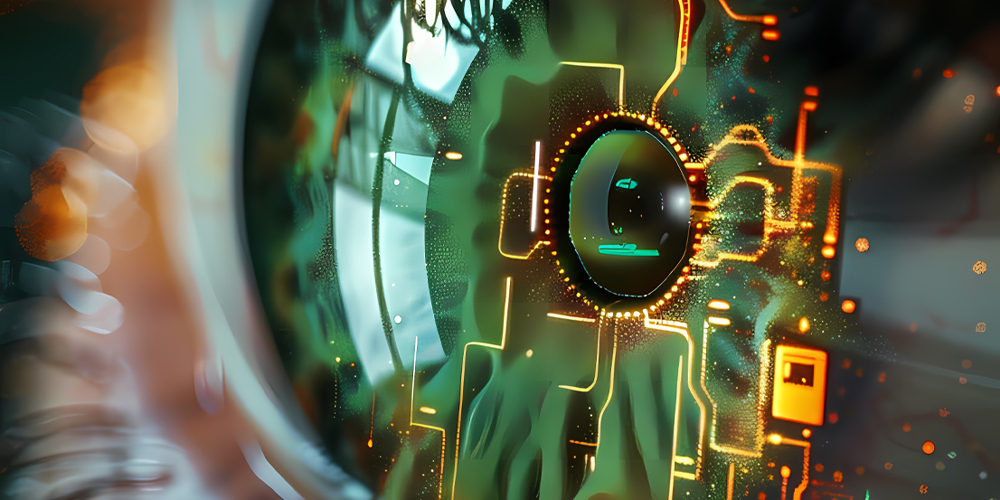
2. Real-Time Processing
Real-time image processing poses significant challenges due to the need for substantial computational power. Balancing speed and accuracy is essential for applications like autonomous driving, where split-second decisions can have serious consequences. Researchers are continually working on optimizing algorithms to enhance processing speeds without sacrificing reliability.
3. Ethical Considerations
The deployment of computer vision raises ethical concerns related to privacy and surveillance. Issues such as data collection, consent, and potential misuse of technology can lead to societal implications. Addressing these ethical concerns is crucial for the responsible deployment of computer vision systems and maintaining public trust.
The Future of Computer Vision
The future of computer vision is promising, with numerous advancements on the horizon. As technology continues to evolve, we can expect:
1. Improved Accuracy
Advancements in algorithms, hardware, and data collection methods will enhance the accuracy of computer vision systems. Improved accuracy will lead to better outcomes across various applications, further integrating computer vision into daily life.
2. Broader Applications
As the technology matures, new applications will emerge across different sectors. From agriculture, where computer vision can monitor crop health, to sports analytics, where it can track player movements, the potential uses are vast.
3. Integration with Other Technologies
Computer vision will increasingly integrate with other technologies, such as augmented reality (AR) and the Internet of Things (IoT). This convergence will create new possibilities for innovation, functionality, and user experiences, allowing for smarter environments and applications.
Conclusion
Understanding computer vision is essential in today’s technology-driven world. As machines become more capable of interpreting visual data, the impact on various industries will be profound. By overcoming challenges and embracing future trends, computer vision will continue to shape how we interact with technology, enhancing our lives in countless ways.
The exploration of computer vision highlights its significance and potential. By leveraging its capabilities, we can unlock new opportunities for innovation and improve our understanding of the world.
